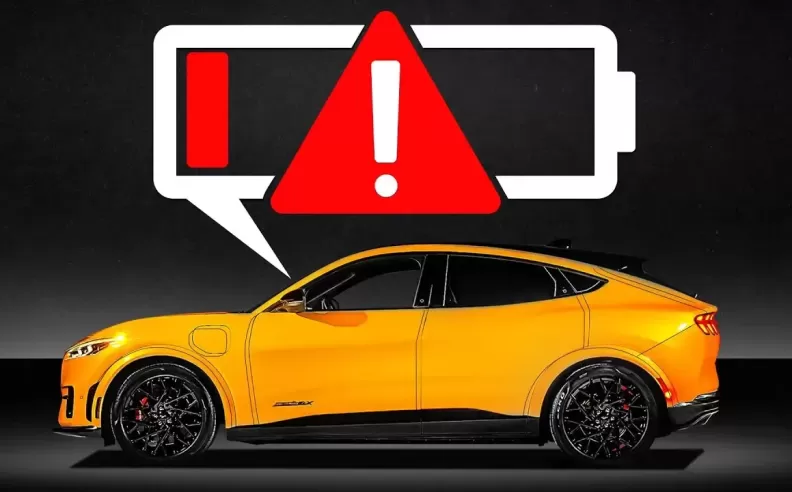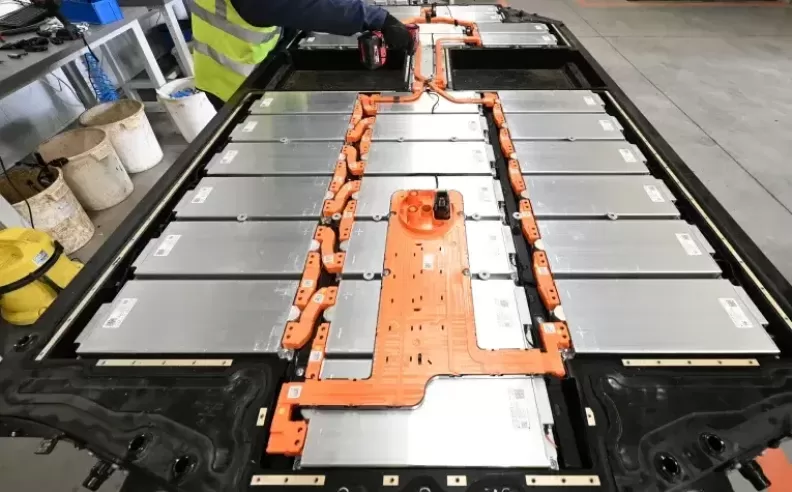
In the world of electric mobility, solid-state batteries are quickly becoming the most talked-about innovation, promising to revolutionize the performance, safety, and efficiency of future EVs. Though they remain just over the horizon, automakers and tech firms are investing heavily in bringing this game-changing technology to life. But what exactly makes solid-state batteries so special, and how soon can drivers expect to benefit from them?
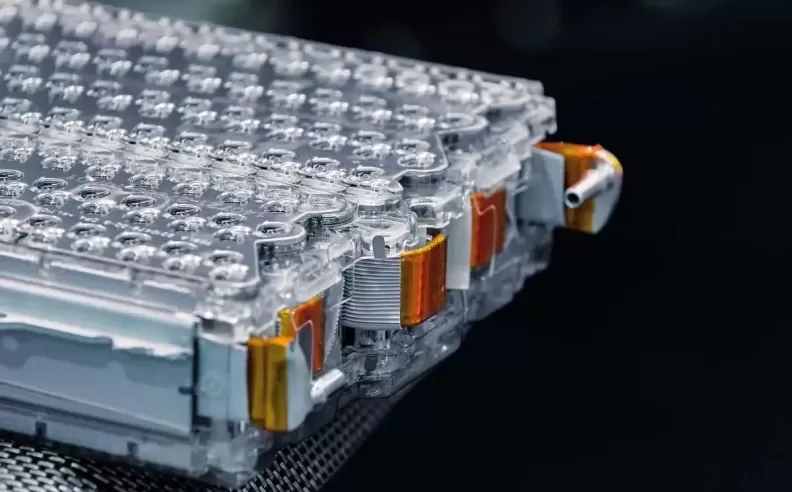
Unlike current lithium-ion batteries that rely on liquid or gel electrolytes, solid-state batteries use a solid material to conduct ions between the anode and cathode. This shift drastically alters the battery's characteristics. Solid-state batteries can store more energy in a smaller space, are less prone to overheating, and offer longer life spans. With no flammable liquids inside, they are also significantly safer in the event of damage or malfunction.
This new battery type isn't just an engineering tweak; it's a complete reimagining of battery architecture. The technology allows for thinner and lighter battery packs, which could open the door for smaller, lighter EVs with the same or better range than today's bulkier electric cars. Although consumer electronics may see this tech first, the automotive sector is where its full potential could be unleashed.
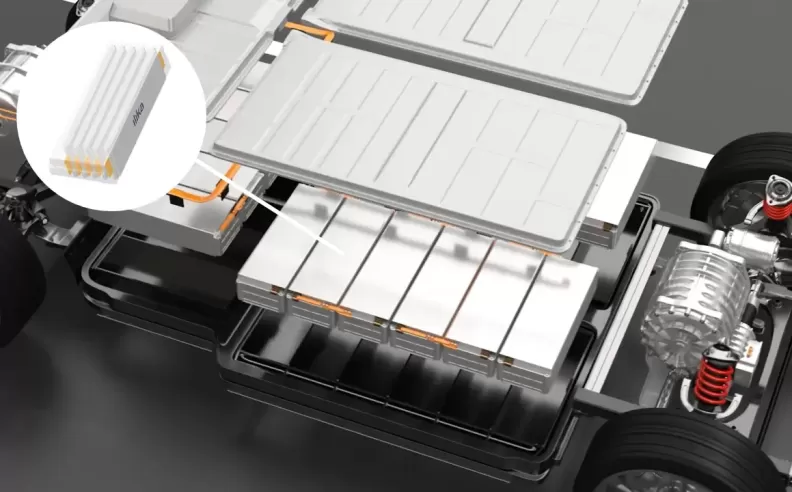
The primary benefit of solid-state batteries lies in their energy density. Higher density means that a vehicle could travel further on a single charge, or maintain today’s range with a much smaller and lighter battery pack. This not only reduces vehicle weight but also improves handling, acceleration, and efficiency.
Additionally, solid-state batteries are more stable across temperature extremes, meaning EVs could perform more consistently in both hot and cold climates. Faster charging is another major plus, with early research indicating solid-state cells could cut charging times dramatically, making quick top-ups a more viable option during road trips or daily use.
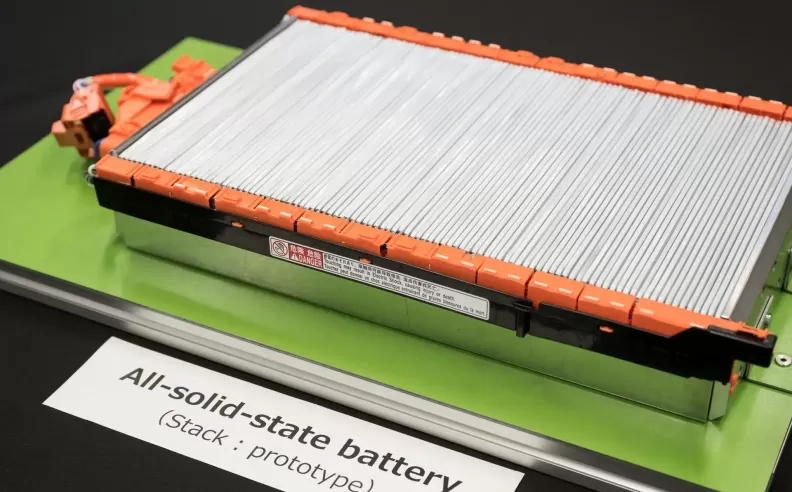
Despite the promise, solid-state batteries have yet to enter mainstream automotive production. Toyota has been at the forefront of development but doesn’t expect to release a solid-state EV until at least 2027. MG and Stellantis are taking interim steps with “semi-solid” battery technology, targeting releases in 2025 and 2026 respectively, although these remain transitional rather than fully solid-state.
The road to mass adoption is still long, but progress is being made. Battery manufacturers are actively exploring scalable solutions, and as costs drop and technical challenges are overcome, the era of solid-state-powered EVs may soon be more than just a distant dream. For now, drivers eager to make the switch to electric shouldn't wait, solid-state technology is promising, but patience is still required.

Started my career in Automotive Journalism in 2015. Even though I'm a pharmacist, hanging around cars all the time has created a passion for the automotive industry since day 1.
